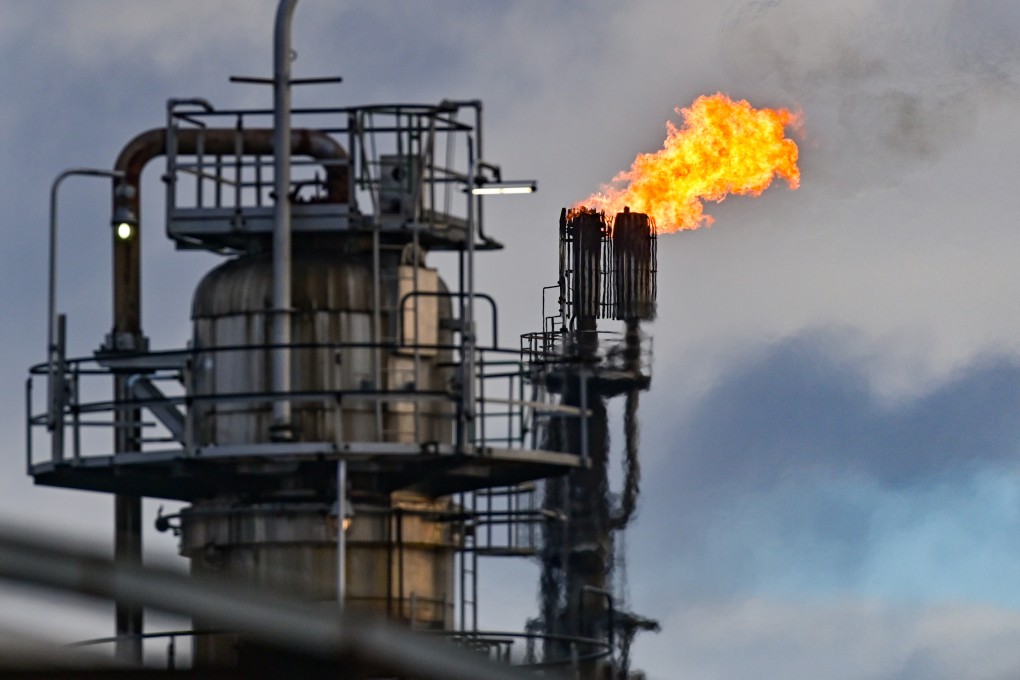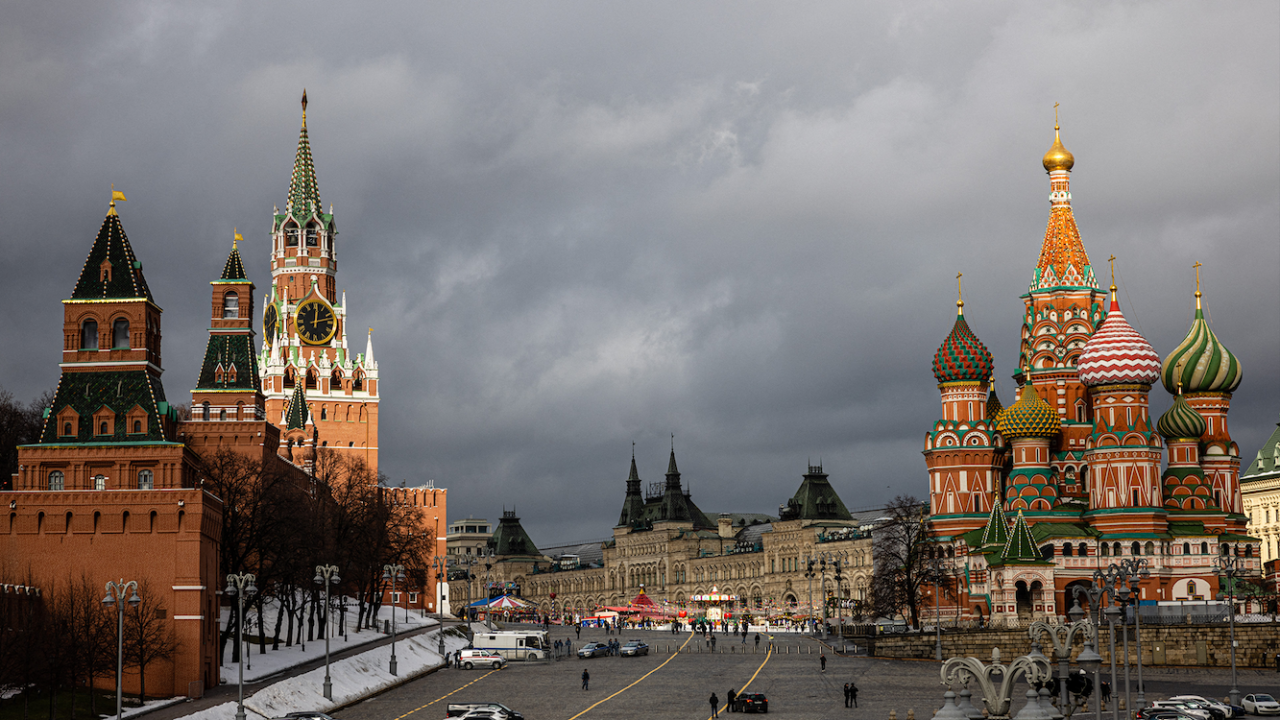Macroscope | Higher energy prices over Ukraine invasion should worry Europe more than US
- Europe and the UK rely on imports from Russia for a third of their gas, putting them at risk from disrupted deliveries amid fighting in Ukraine
- The US should be more resilient given trends in household savings and less spending on energy

One of the main economic impacts from the events in Ukraine is higher energy prices. Oil prices have risen to more than US$100 per barrel, the highest in a decade.
The events in Ukraine could have some implications on the exports of oil, natural gas and other commodities. According to the International Energy Agency, Russia’s natural gas made up almost a third of European and British total consumption. Disruption of gas supplies to Europe could leave factories lacking the needed power to operate and households facing a surge in their heating bills.
Opec has pledged to raise production per month by 400,000 barrels per day since last year, but the cartel has fallen short of this commitment for much of the second half of 2021. US investment in new oil rigs has been slow to pick up. With global demand improving on the back of economic reopening, any disruptions from Russia or elsewhere will send oil prices higher.
However, with oil prices breaking above US$105 per barrel and rising, it could take longer for inflation to reach such levels. Along with a tight job market, US inflation could still be running at 3 per cent to 4 per cent for much of this year, above the Federal Reserve’s target of 2 per cent.

